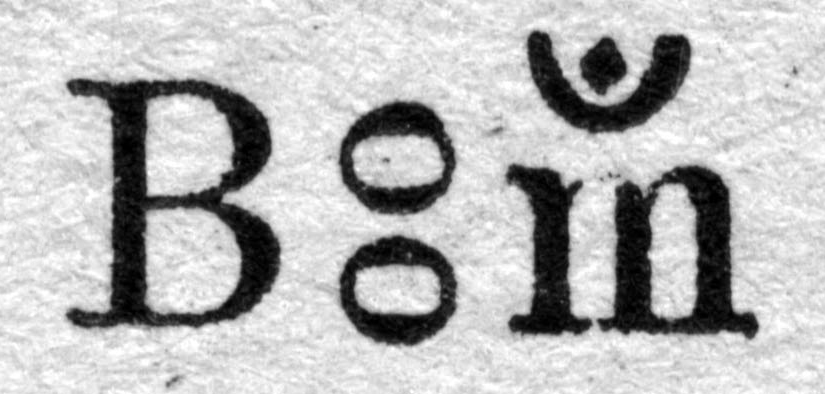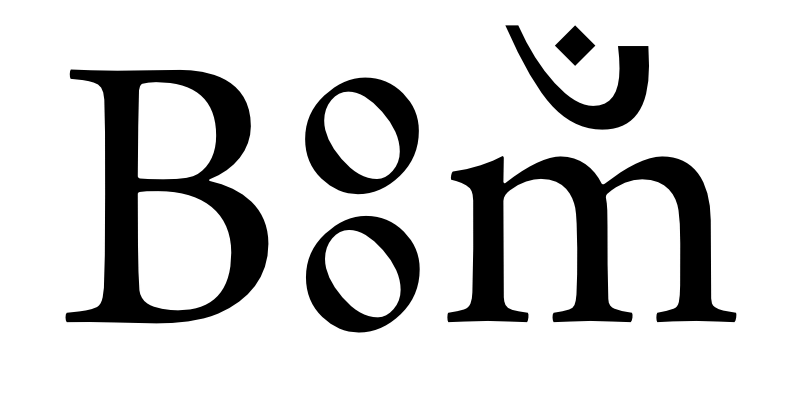The craft of typesetting and designing books entered my life unexpectedly in 1976. Unexpectedly because my training had been as an engineer. But assembling a book, in those days by hand with scissors, glue and a drafting table, turned out to suit the engineering mind that’s concerned with designing and building things.
Graphic design became a second profession, including numerous book projects which came my way over the decades, each one marking another step in the progress of technology for their construction.
Today the person wishing to design and typeset a book has many options ranging from established page-layout software such as Adobe InDesign (or the new kid on the block Affinity Publisher), through to semi-automated online tools such as Blurb.
But sometimes older can be better, or at least as good. One software tool which I have returned to over the years is the venerable TEX, conceived in the 1970s by Stanford Professor Donald Knuth, and subsequently open-sourced and adopted widely within the academic world and at times by commercial publishers requiring the special features which TEX offers.
Why use an “old” and by modern standards limited, technically complex and arcane tool like TEX when you can use InDesign?
One reason is when it is adequate for the task. Books which are graphics-heavy or require fancy layouts are not a good fit for TEX. But traditional books comprising primarily pages of text formatted in a consistent way find TEX can do all that is required.
But surely it needs to be more than just adequate? So what are some other reasons to use TEX?
One is longevity. Take a book typeset with TEX in the 1980s and, with a little tinkering with macro definitions, see it typeset (almost) identically today. Try that with PageMaker or QuarkExpress from the 1990s — their proprietary file formats are obsolete, forever locking away your past work.
TEX requires no proprietary file format — just a plain text file with “markup” instructions that instruct how to format the content.
And TEX can do some things which are impossible in InDesign and the like. TEX shines at constructing. It was the need to accurately typeset (i.e. construct) complex mathematical notation that spurred Donald Knuth to create TEX over forty years ago. The journey was told in his book “TEX and Metafont — New Directions in Typesetting”, published in 1979 and typeset of course using TEX.
The book I’m working on now was originally published in 1921, in the era of hot metal typesetting. It contains some unusual glyphs and accents seen in the following word which occurs multiple times in the text:

Somehow the hot metal typesetters in 1921 had a way to create this special typography. But using InDesign would require the creation of a special font with these glyphs.
With TEX I was able to construct this word using a mix of the bodytext font (in this case Adobe Arno Pro rather than the Bodoni-like font of the original, so the glyph shapes are correspondingly different) and some glyphs from the Devanagari MT font, and to precisely control the positioning of each element:

Whenever this word is required, it can be inserted with a simple macro call: \bom.
Being a creature of the 1980s, the standard TEX software came into being well before the invention of Unicode. Nowadays there are variations of TEX — “forks” of the codebase if you like — which improve on the original. One of these is XETEX, a unicode-aware version, which also integrates nicely with platform native font systems — on the Macintosh, all the installed OpenType fonts are accessible within XETEX. So it’s this version of TEX that I’m using.
In summary, XETEX offers these benefits:
-
Markup-driven typesetting and layout.
-
Rich macro capability.
-
Can handle inserted images.
-
Outputs PDFs.
-
Very fast rendering.
-
Unicode-aware.
-
Longevity of publication file format.
For this particular book project, it’s the right tool for the job.
